|
This post was republished with permission from Corey Egan. Corey Egan is a San Francisco based Jeweler, Designer and Small Business Owner. Holding a piece of jewelry that contains an antique diamond feels like you’re handling ancient treasure. And for good reason! While modern diamonds are mined and cut by the millions each year, a limited number of Old Mine and Old European Cut diamonds exist in the market today. These precursors to our modern day round brilliant cuts offer a distinct visual experience from the way their hand cut facets play with light. The facets are wider and more geometric, resulting in pops of sparkle instead of the disco ball dazzle we see in modern diamonds. They’re perfectly imperfect, and that’s what gives them their charm. Old Mine and Old European Cut diamonds are the most common of the antique diamond cuts. Today we’ll dive into each and to share their origins and point out their visual characteristics. With any luck, you’ll be able to spot the difference between the two in no time! Old Mine Cut (Left) Old European Cut (Center) and Modern Round Brilliant Diamond (Right) DIAMONDS FROM THE OLD MINESThe antique Old Mine and Old European cut diamonds are commonly found in jewelry from the Georgian, Victorian, Edwardian, and Art Deco Eras which spanned from the 1700’s through the late 1800’s. Diamonds of this era were cut by hand. The bruting machines used to cut modern diamonds were not invented until the 1900’s. The diamond rough for these gems originated in the literal “old mines” of Brazil and India. The African mines that supply the whitest rough were not yet discovered. So these diamonds tended to be of lower color and in more limited numbers than what we see today. Diamond cutters of this time were inventive. They assessed each diamond individually and cut it to bring out the best color and sparkle for that stone. They were meant to dazzle under candles, gas lamps and lower light conditions. Since each one was hand cut to please the eye, no two would ever be identical. Though they come from the same humble origins and reigned in overlapping eras, the Old Mine Cut and Old European Cut Diamonds have distinct visual differences. Let’s dive deeper into how you can distinguish between the two. Old Mine Cut Diamonds OLD MINE CUT Old Mine cut diamonds were most commonly used during the Georgian and Victorian eras from the 1700’s through the 1800’s. The first characteristics that will jump out when viewing an Old Mine Cut diamond are the open culet (the round facet on the very bottom of the stone) and its squared off “cushion” shape. Diamond cutters of the day would follow the gem’s natural octahedral shape as a guide. The girdle, the widest part of the diamond held in the tweezers above, was often the unpolished edge of the natural diamond crystal. The very top facet, known as the table, is very small. Old Mine Cuts also feature a high crown and a large pavilion. Like our modern round brilliants, the Old Mine Cut has 58 facets, but they are chunkier and more geometric than the facets of modern gems. Old European Cut Diamonds OLD EUROPEAN CUTAdvances in diamond cutting technology led to the development of the Old European Cut diamond in the late 1800’s. This meant that the diamond shapes could be rounder, tables a bit larger, and the facets became more elongated. Old European cut diamonds were a precursor to our modern brilliant diamonds and were popular during the Victorian, Edwardian and Art Deco eras. Similar to the Old Mine Cut Diamond, the culet is still present in Old European Cut diamonds but it is often smaller. Old Europeans have a rounder shape, although many are still imperfect because they were cut by eye and not by machine. Like the Old Mine Cuts before them and Modern Brilliants after, Old European Cuts have 58 facets. CHOOSING AN OLD MINE OR OLD EUROPEAN CUT DIAMONDIt’s worth remembering that the hand cut nature of antique diamonds is what gives them a palpable charm and beauty. However, this same character is what makes it near impossible to compare them to our modern day grading standards. I believe these antique gems are best observed and appreciated one by one. These antique diamonds are all about character. The beauty standards we judge modern diamonds against were not defined for gem cutters of this era. The evolution of diamond cutting technology now allows for repeatable processes and standardized angles that were designed for maximum brilliance. As a result, modern diamond grading reports have a hard time reconciling these antique cuts. They should receive “poor” cutting grades because they don’t follow the cookie-cutter dimensions of today’s modern brilliants, yet they are still immensely beautiful gemstones. Old Mine Cut Diamonds The lower color of antique diamonds also is hard to judge against our present day scales. During their day, many of these lower color diamonds — the J, K, L, M’s that might scare off a modern shopper — were some of the best on the market. Diamond cutters in this period cut each diamond to enhance its color. So while the letter grade may rank low, remember that to the naked eye they will “face up” whiter. Old European Cut Diamonds Lighting conditions greatly affect the look of an antique diamond. Since these cuts were meant to dazzle under lower lighting conditions, they have a more interesting sparkle throughout our day-to-day. I encourage you to view them in as many lighting conditions as possible— daylight, fluorescent, incandescent, even candlelight— before you buy. The right gem for you is the one you have a visceral reaction to.
If a rare and unique diamond is truly what you seek, you can’t get much better than an Antique Diamond. You can find the original post by Corey Egan here.
2 Comments
2/16/2024 06:05:53 am
for detailed blog check the site Power Attestation Services.
Reply
Leave a Reply. |
Archives
March 2021
Categories
All
|
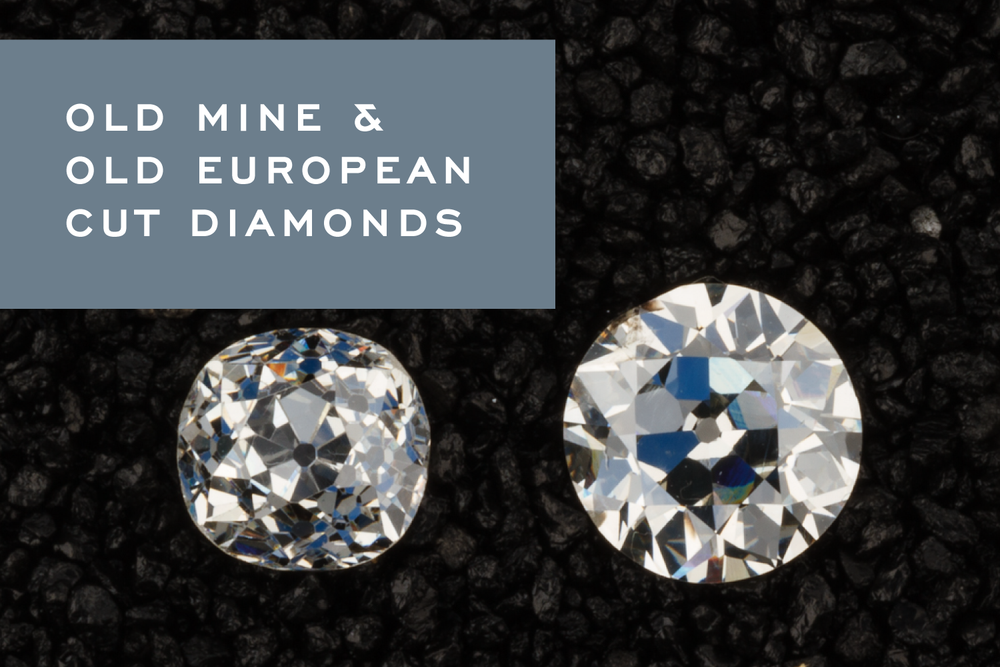
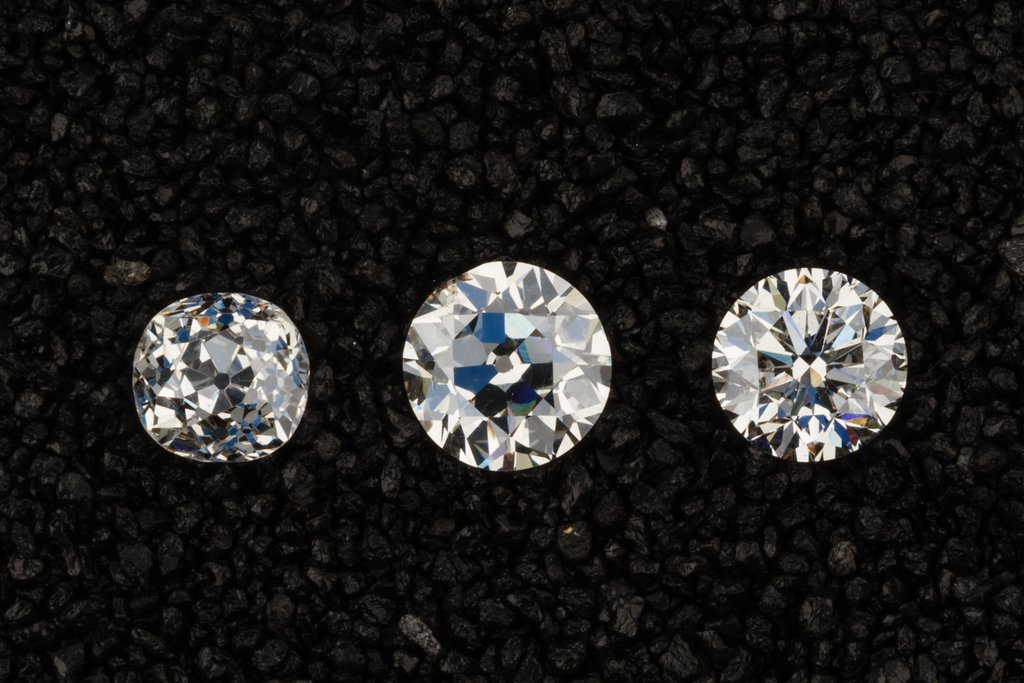
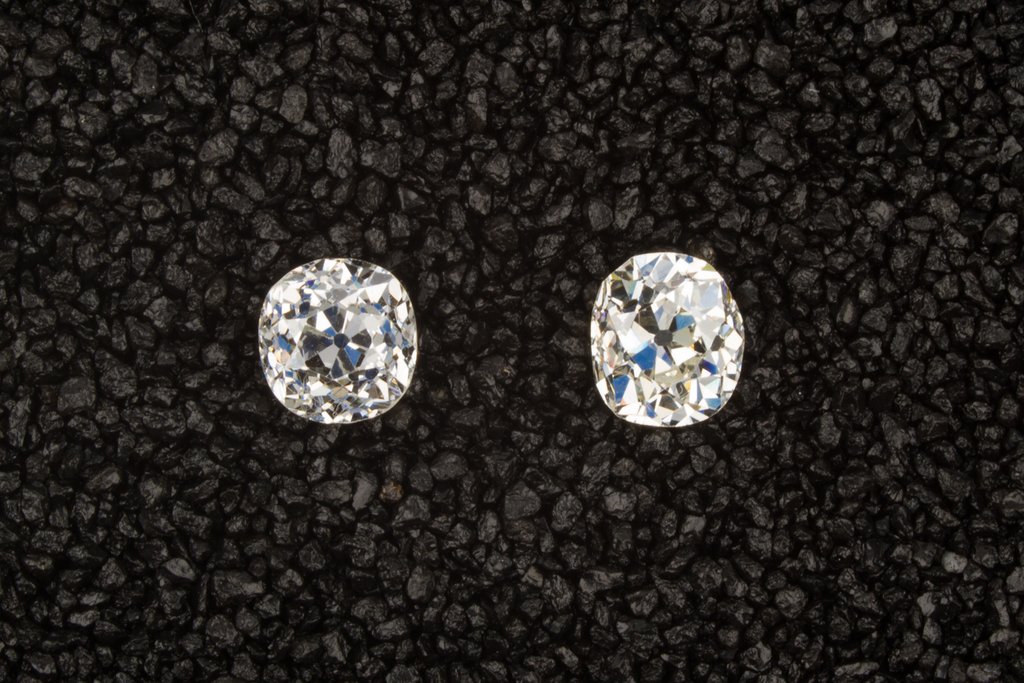
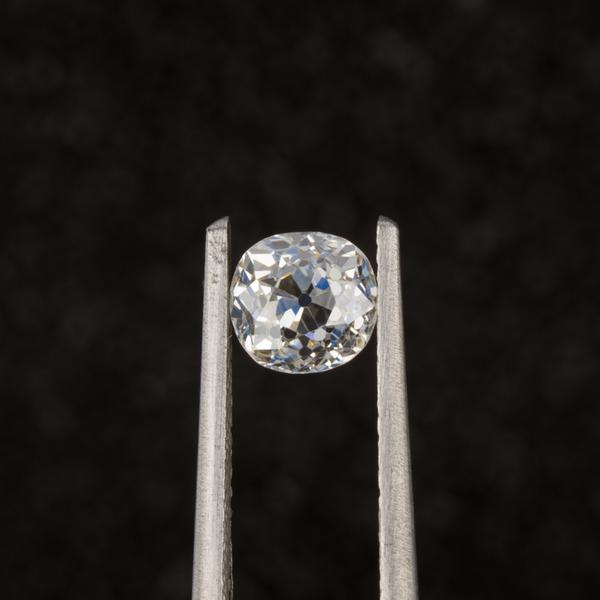
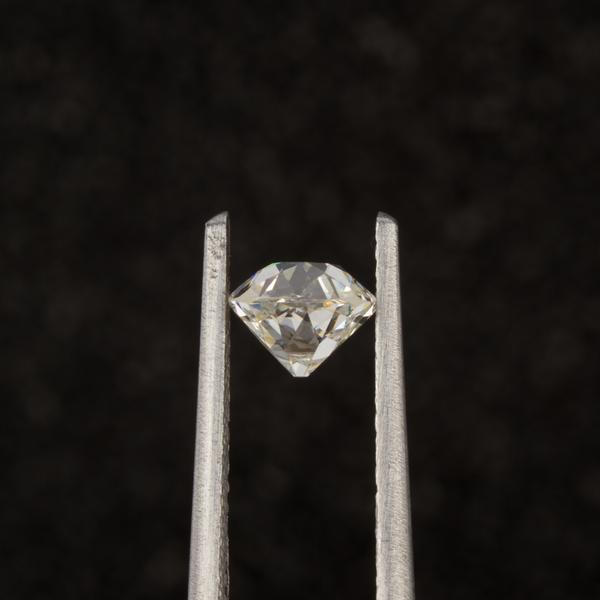

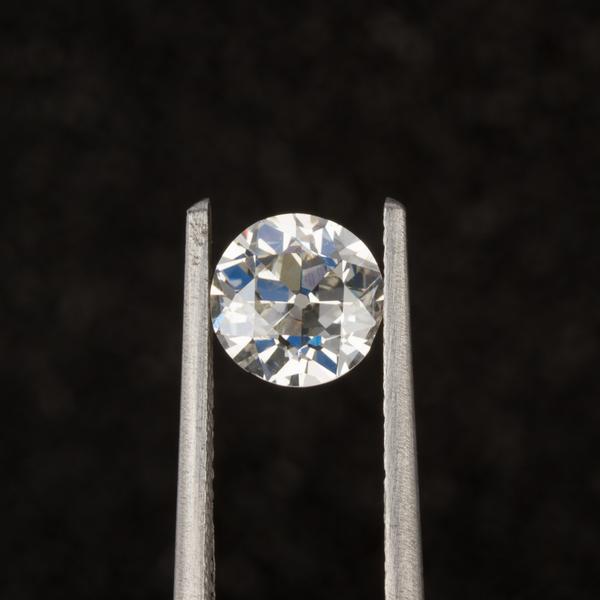
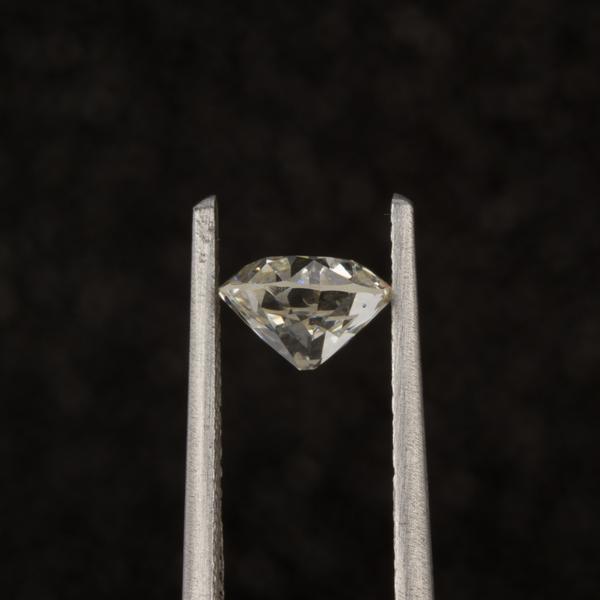
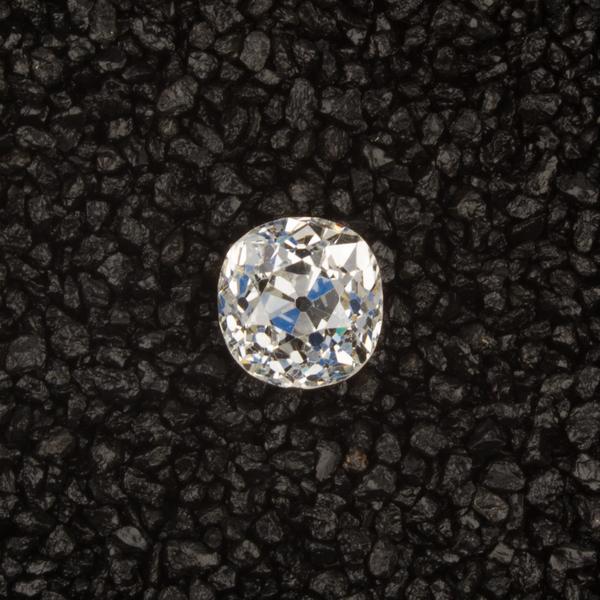
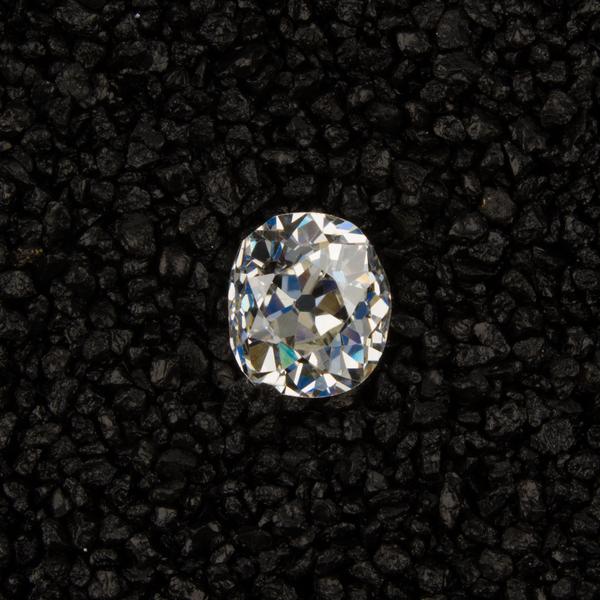
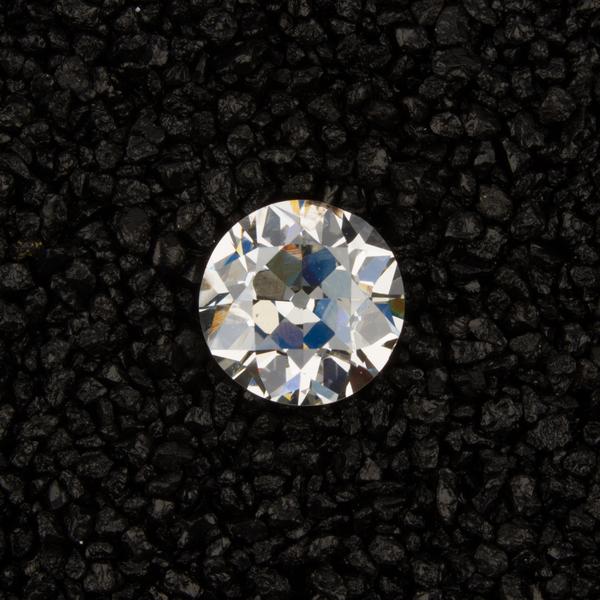
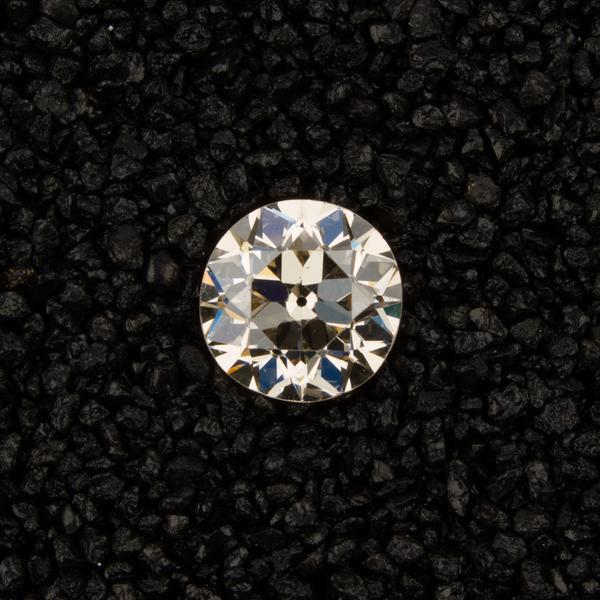
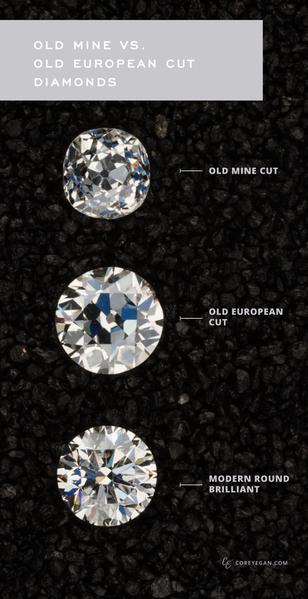
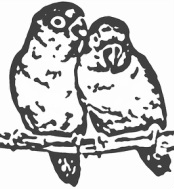
 RSS Feed
RSS Feed
